This February we are celebrating the one year anniversary of the federal government’s commitment to protect the Great Bear Sea (otherwise known as the Northern Shelf Bioregion) with a network of marine protected areas (MPAs). This MPA Network Action Plan has been co-created and endorsed by leaders from 15 First Nations, the federal and provincial governments. Now the next challenge is implementing these promises. There is one year left to uphold the provincial and federal government’s commitment to protect 25% of Canada’s oceans by 2025.
After many years of attending planning, stakeholder engagement and consultation meetings for the MPA network, Pacific Wild is very familiar with the concept of an MPA, how they are created and what their benefits are, but what about other British Columbians?
In honour of this anniversary Pacific Wild hit the streets to see what people in Victoria B.C. know about MPAs:
What is an MPA?
MPAs are area-based ocean management tools that are used to manage, protect and restore wildlife, habitats and culturally important areas. MPAs are essentially like parks for the ocean. However, unlike the way parks have been historically created and managed in North America, the modern MPA’s in British Columbia are co-created with First Nations governments and result from extensive consultation with communities, industries and other organizations.
An MPA network (MPAN) is a collection of individual MPAs that operate cooperatively and synergistically, at various spatial scales, and with a range of protection levels, in order to fulfill ecological aims more effectively and comprehensively than individual sites could alone. MPANs are designed to protect multiple examples of each type of habitat within a region, and be connected, so migratory species can move easily between protected areas. They can protect species, like Pacific herring and salmon, that move across different habitats during different life stages — affording these critical species a higher level of protection throughout their complex life histories.
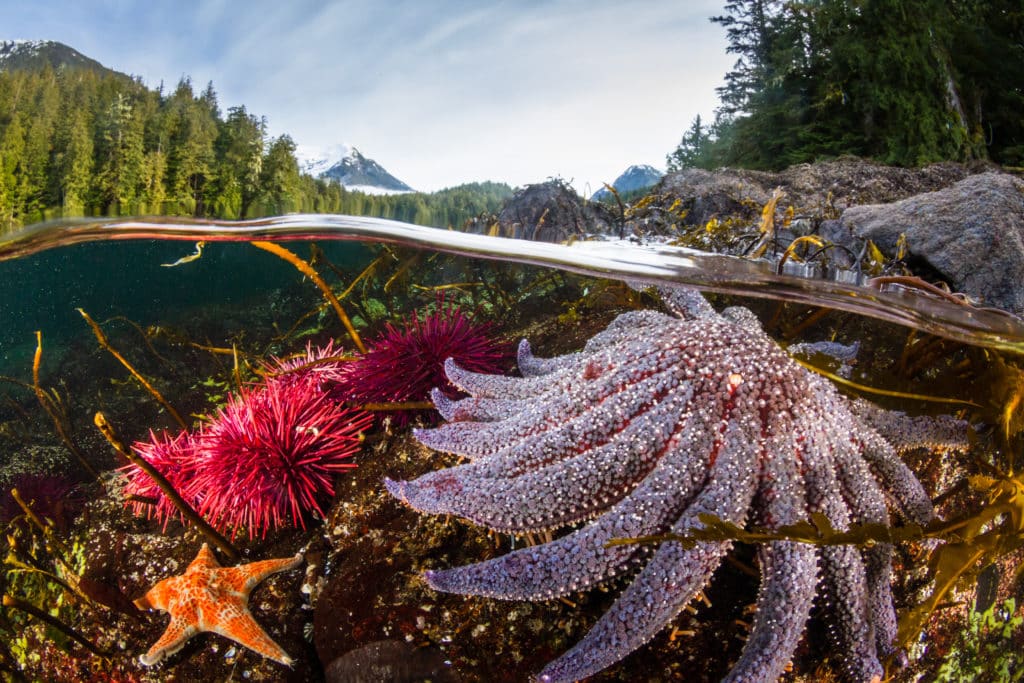
Rather than being a single, large, homogeneous area that completely excludes fishing and other resource use, the network approach aims to achieve ecological goals more effectively and comprehensively while still allowing sustainable resource use in many areas. The Northern Shelf Bioregion MPA network is a new, groundbreaking model of collaboration to advance integrated, ecosystem-based marine planning and conservation while supporting the principles of reconciliation.
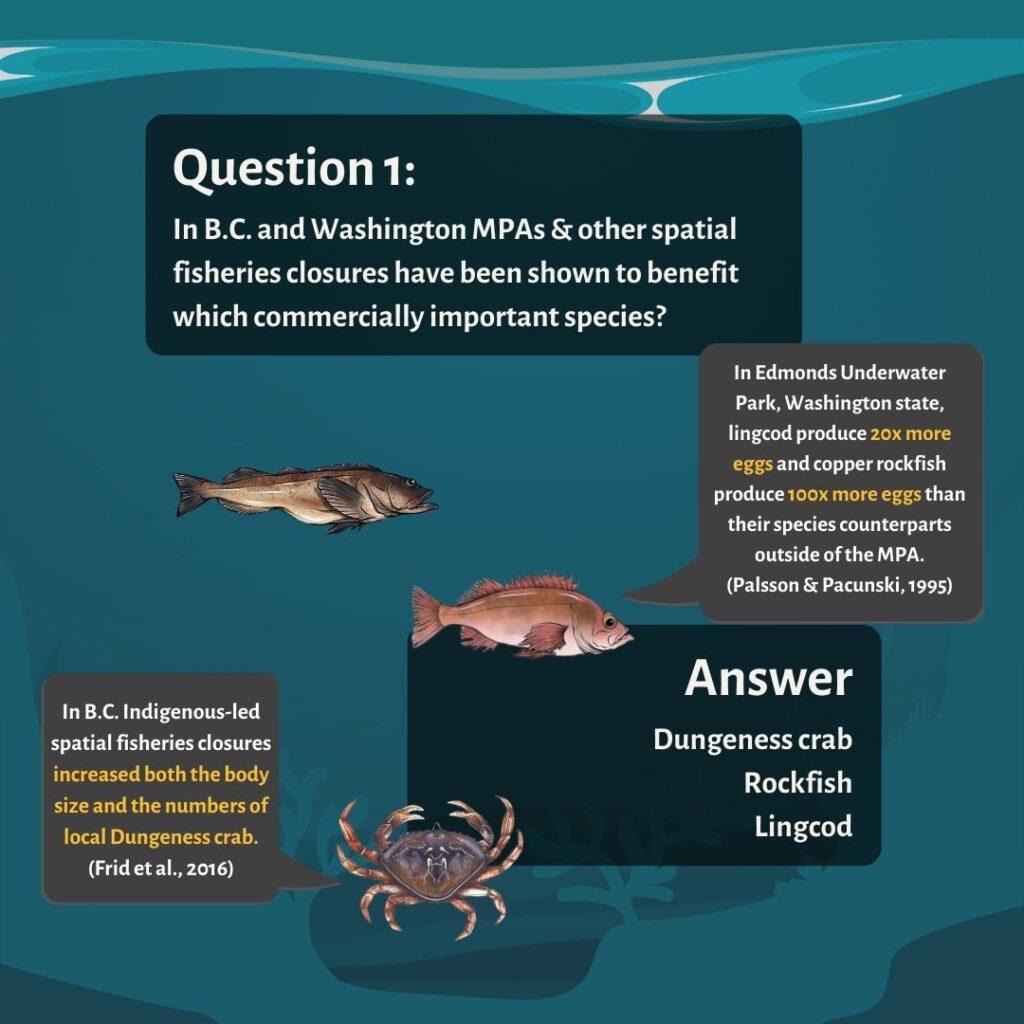
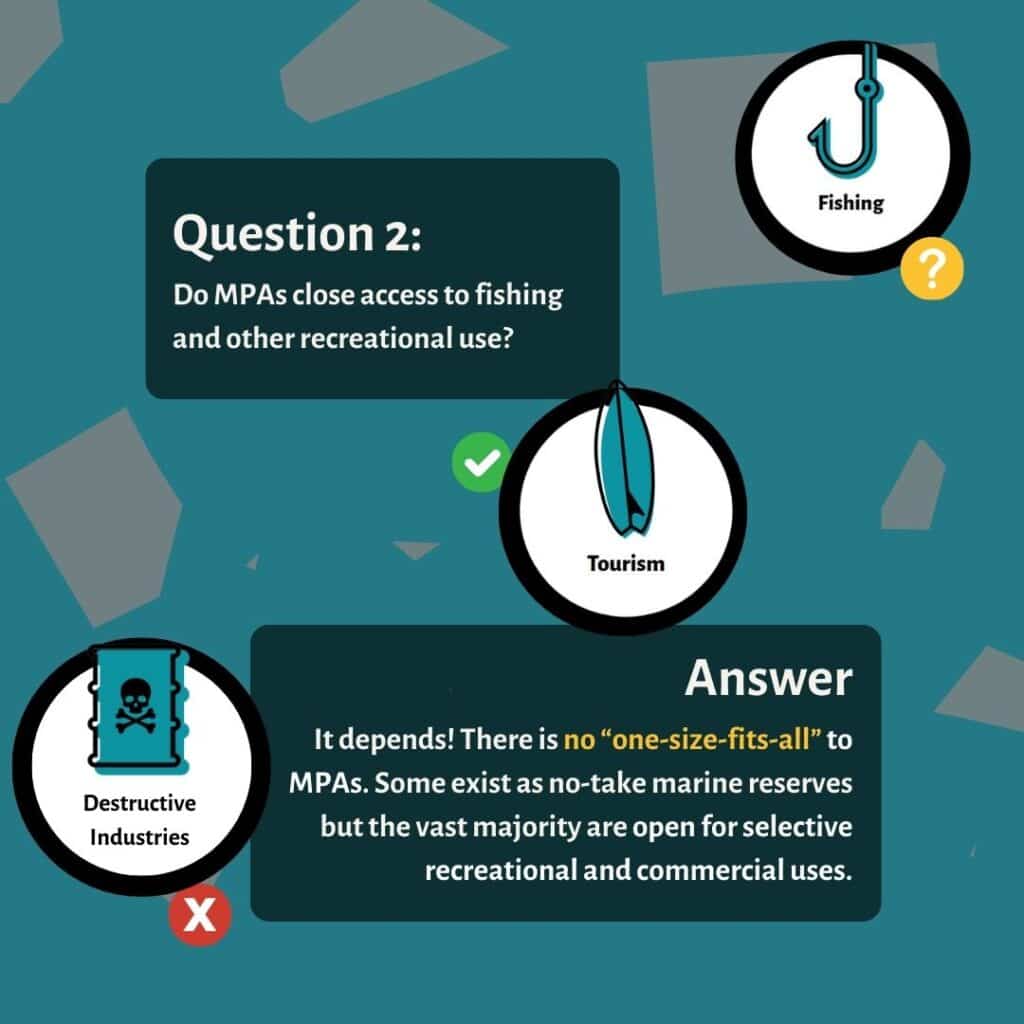
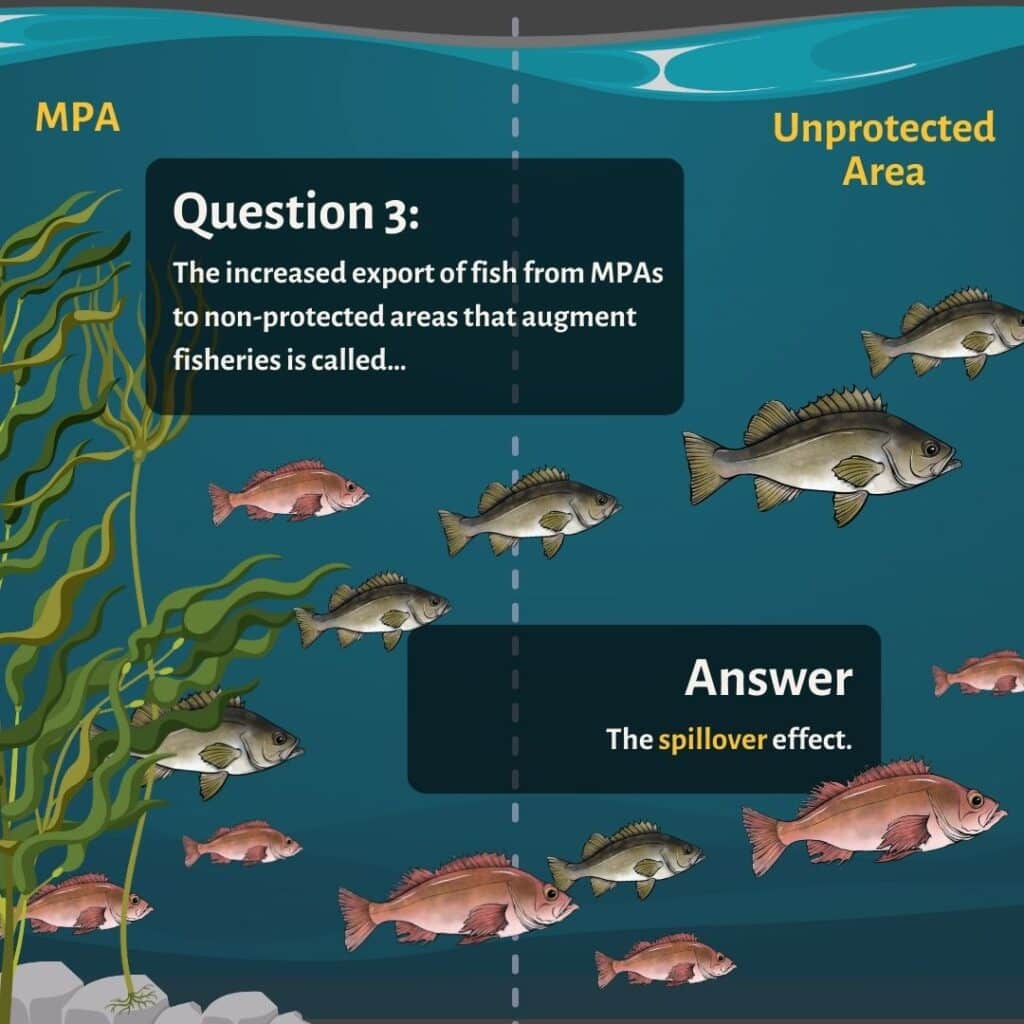
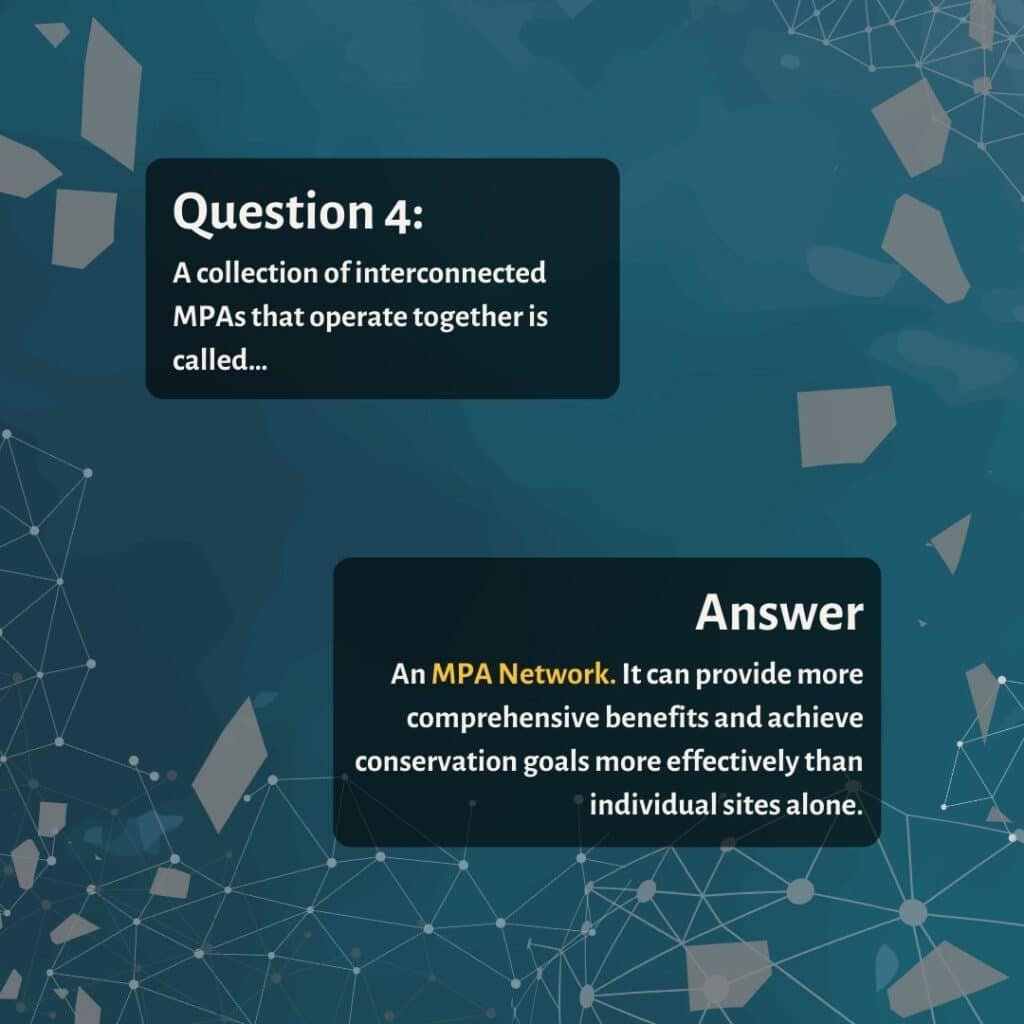
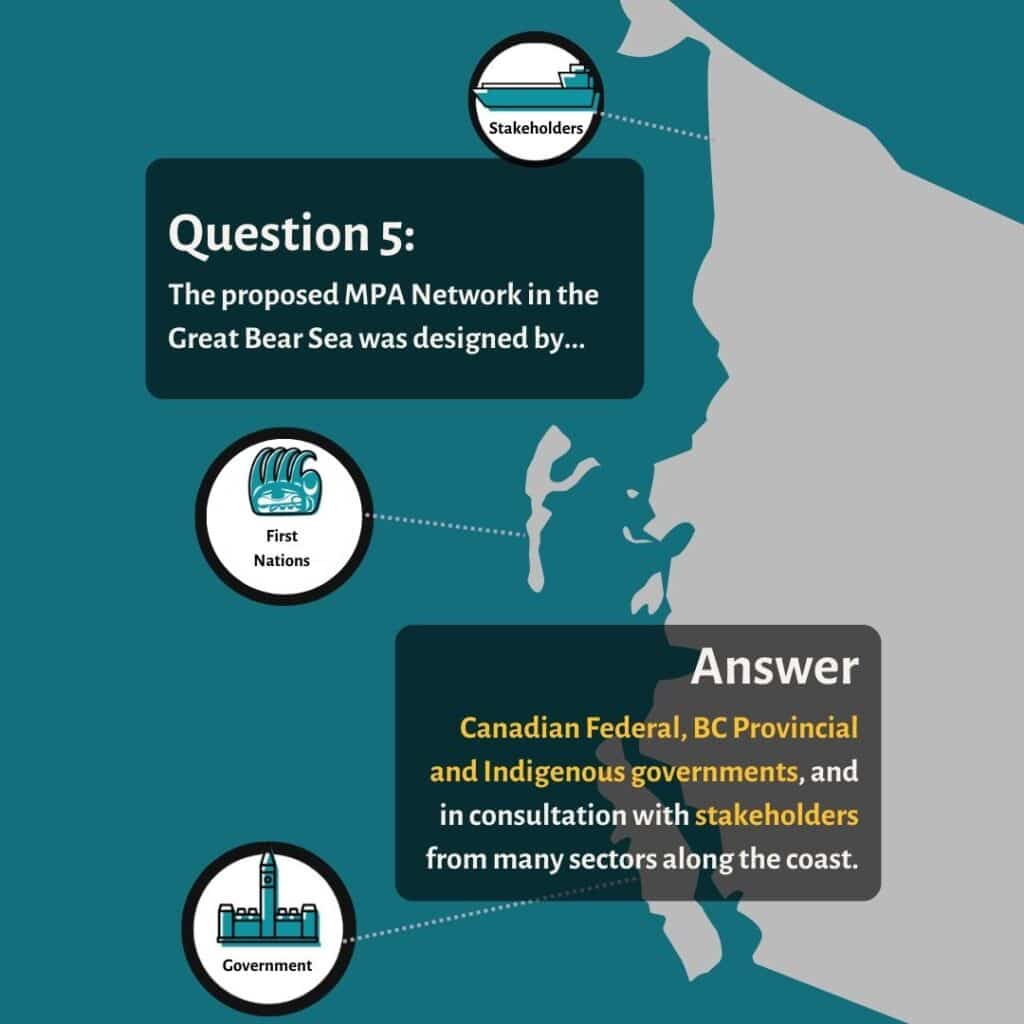
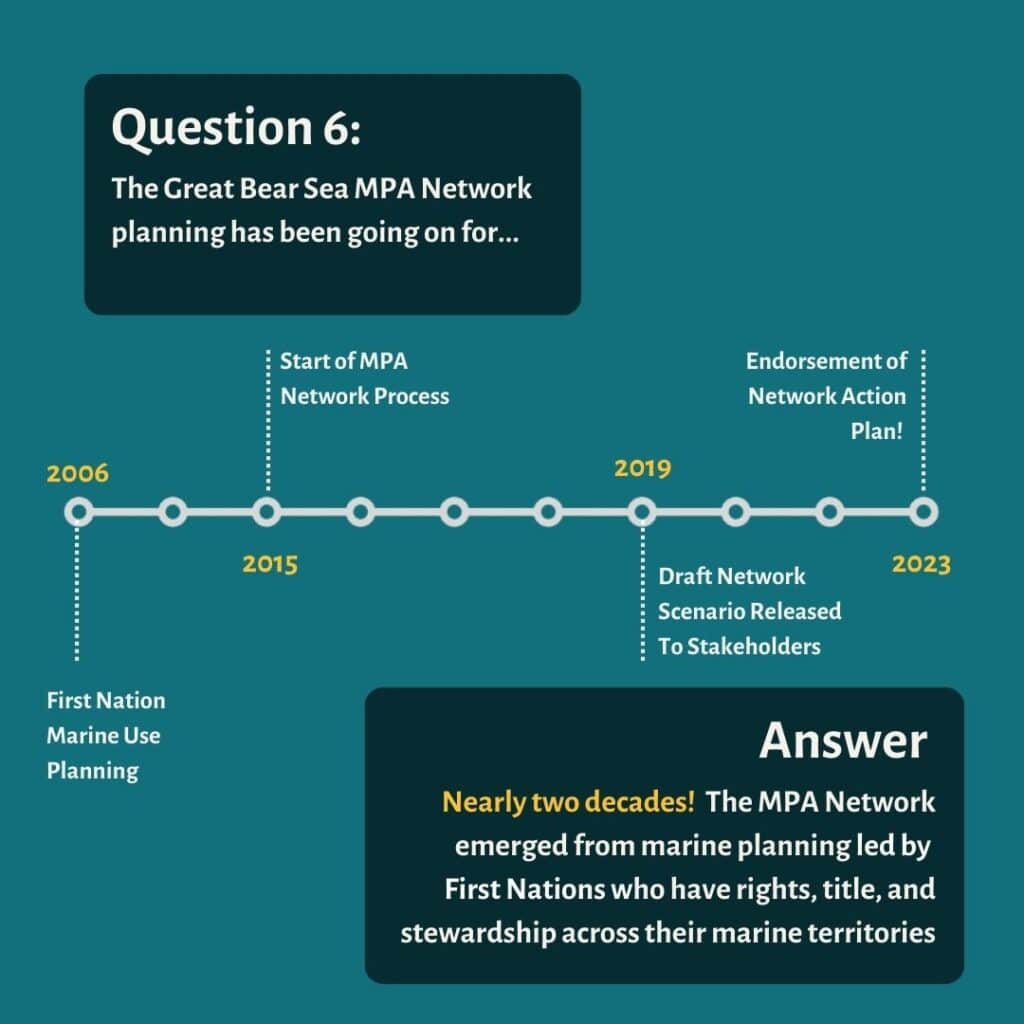
Do MPAs Work?
MPA critics are doubtful about the positive impacts that marine protected areas can have. However, the global literature shows that, when implemented properly, the benefits of MPAs are significant for people, economies and ecosystems. Overall, the net benefits of MPAs over time far outweigh the initial costs of implementation. In this way, MPAs can be seen as an investment into our collective future. The case studies of Cabo Pulmo, Isle of Man and New Zealand reveal a few examples of the types of positive impacts that MPAs can have.
Cabo Pulmo National Park (Mexico) marine ecosystem recovered after decades of pollution and overfishing, thanks to the creation of a marine protected area (MPA).
The recovery of Cabo Pulmo proves that MPAs can be successful for marine life and people if they are well placed, fully protected and community driven. Case studies world-wide, like this one, demonstrate that MPAs help to safeguard biodiversity, increase biomass, bolster fisheries, and protect ocean habitat. Research indicates that, on average, biomass in fully protected MPAs is 670% greater than in adjacent unprotected areas, and 343% greater than in partially-protected MPAs.
Hector’s dolphins are the smallest dolphin species in the world and are found exclusively in coastal waters around New Zealand. This critically endangered species is threatened largely due to human activities. Since the implementation of the Banks Peninsula marine mammals sanctuary, the survival rate of Hector’s dolphins has increased by 5.4% as they are protected from being caught as bycatch in set nets within the sanctuary. A 2012 study of the Banks Peninsula marine mammal sanctuary provides the first empirical evidence that MPAs are effective in protecting threatened marine mammals.
A benefit of marine protected areas (MPA) is the “spillover effect”. The spillover effect is one way that no-take marine reserves have a positive influence on adjacent fisheries. Target fish migrate outside the boundaries of protected areas as populations increase where they can be caught by fishers. In the Irish Sea, a network of marine protected areas around the Isle of Man helped to recover commercial stocks of king scallops. After five small areas were closed to bottom trawling, king scallops were five times more abundant in non-trawled areas, increasing their reproductive potential by over 1,200%.
How do MPAs affect Fisheries?
Well-managed MPAs support fisheries! Research has shown that well-designed MPAs can significantly contribute to fisheries productivity in the years after implementation. MPAs help in the recovery of overexploited populations, and enhance the viability and longevity of fisheries. Various studies show evidence of the “spillover effect” wherein increased catch-per-unit effort, mean body size, yield, and revenues follow MPA implementation. Studies have shown that the benefits of MPAs to fisheries can significantly outweigh the initial costs to impacted fisheries. Here are just a few examples from around the world:
🐟 Globally, fished areas around highly-protected MPAs experienced a 4x average increase in catch-per-unit-effort.
🐟 In Spain, the establishment of Columbretes Islands MPA increased the net income of fishers by 10% as lobsters migrating out of the MPA into fished areas are larger and yield a greater profit! In addition, the spawning potential of the lobsters within the MPA is increased up to 20x, boosting the local population.
🐟 In New Zealand, an MPA protecting snapper likely provides a significant boost to the commercial fishery of $1.49 million (NZ dollar) catch landing value each year and 3.21 million added from recreational fishing activity associated spending per year!
We need your voice!
Do you want to help create more marine success stories for B.C. ecosystems?
Follow the link below to send a pre-written letter telling government officials you support the protection of 30% of Canadian oceans by 2030 and timely implementation of a network of MPAs in the Great Bear Sea.

